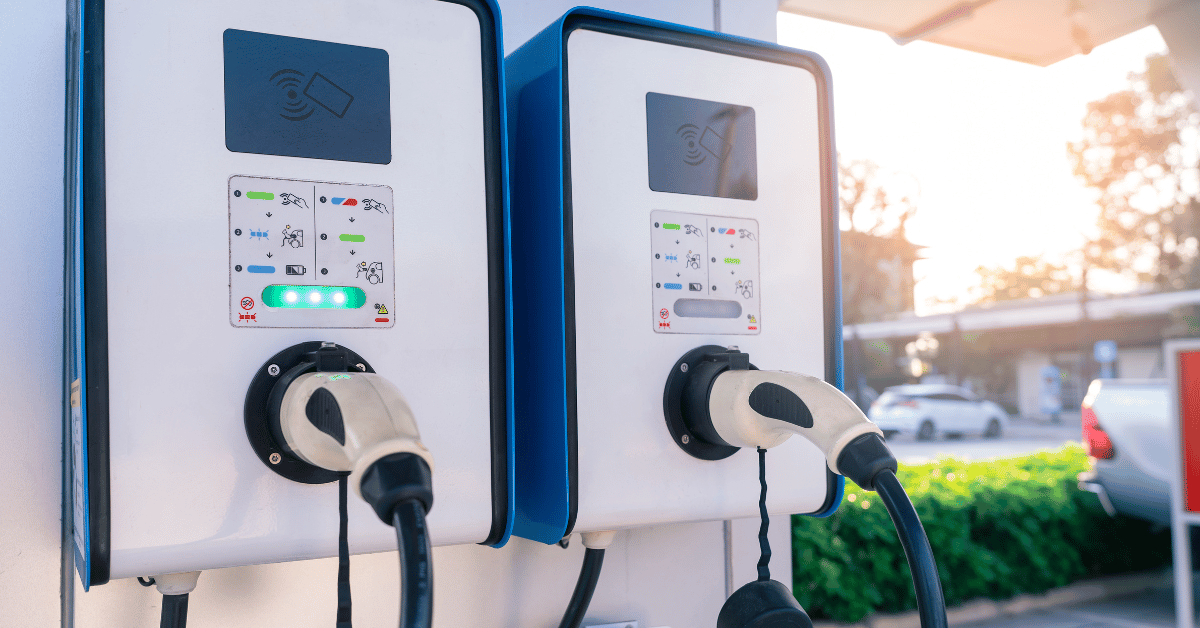With the growing buzz around electric vehicles, there’s a good chance you’ve been looking at an EV like the Chevy Bolt. But here’s something you might not have considered yet: how does your home’s solar setup fit into the picture? And how much does it take to charge a Chevy Bolt? It’s time to dive in and see just how green you can go with your new ride.
The 2023 Chevy Bolt At A Glance
Before we jump into the nitty-gritty of solar needs, let’s get familiar with the Chevy Bolt:
- Battery Power: Boasting a 65 kWh battery, the Bolt promises to deliver on performance.
- Mileage: With a single full charge, you can expect to travel 247 miles.
- Charging Time: And if you’re using a 220V charger, you’re only setting aside 7.5 hours to go from zero to fully charged.

Why’s It Important to Get Your Solar Size Right?
Imagine buying a pair of running shoes. Too tight, and you’re in for a world of discomfort. Too loose, and you might trip. Your solar setup is similar. But now, with an electric vehicle like the Bolt in your driveway, there’s more at play. Beyond just keeping your lights on and appliances running, you’re ensuring your car is road-ready whenever you need it.
Sizing Solar Systems for EVs: A Detailed Dive
So, what does the Chevy Bolt mean for your solar needs? There’s no one-size-fits-all answer, but with a dash of math and a bit of insight, you can figure out your ideal setup.
Practical Calculation
Let’s say you’re an average driver, covering about 60 miles daily. Given the Bolt’s specs, you’d be consuming roughly 0.29 kWh for every mile. That comes out at about 15.6 kWh for your daily drives – the average daily output of about thirteen 385-watt solar panels, depending on where you live.
DIY Calculation with Our Handy Spreadsheet
If you want a more precise number based on your situation, we’ve got a tool for you. Dive into this Google Spreadsheet. You can tailor the figures to your situation and EV, understand your energy requirements, and see how varying setups might affect your energy balance. To learn more about this spreadsheet, see my video on the topic.

Net Metering Considerations
The concept of net metering is pretty stellar. When the sun’s out, and your panels are overproducing, you can send that surplus energy back to the grid. It’s like storing energy in a communal battery. When the sun sets or those pesky clouds roll in, you draw from the grid using the credits you’ve stacked up. It’s an effective way to ensure an uninterrupted power supply, especially beneficial for your Bolt’s charging needs.
Conclusion
In a nutshell, the 2023 Chevy Bolt is a good EV choice, but ensuring it meshes with your solar setup is crucial. By understanding your driving habits and energy requirements, and maybe with a bit of spreadsheet magic, you can guarantee a seamless, green driving experience. Here’s to the open road and a brighter, greener future!
We also have examples for other vehicles, like charging a Nissan Leaf.

